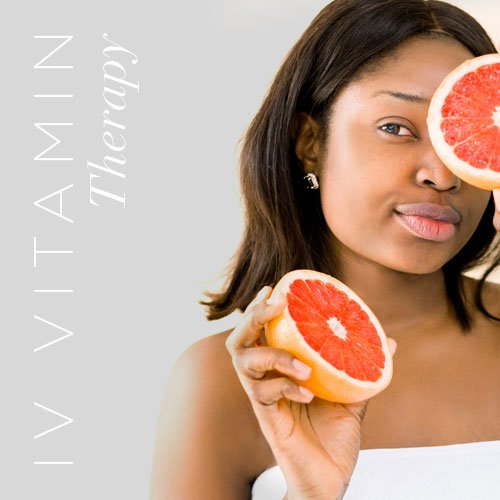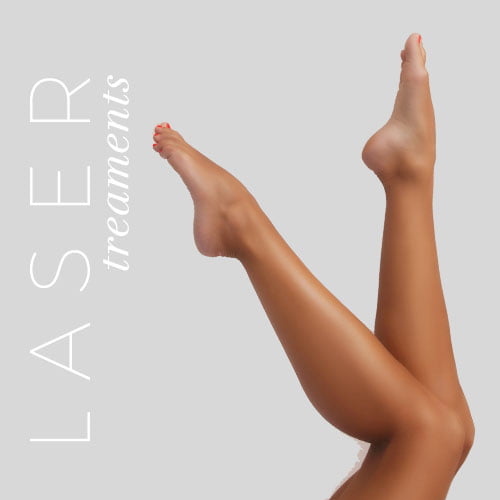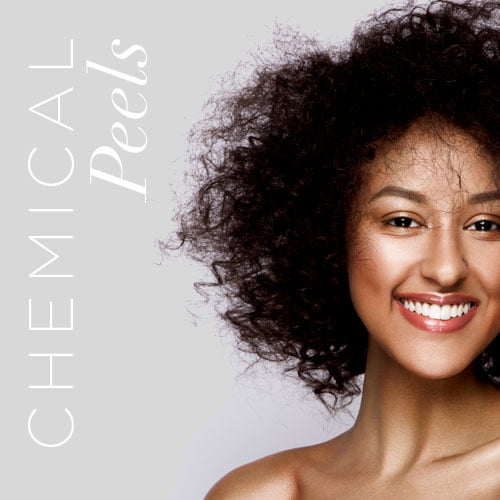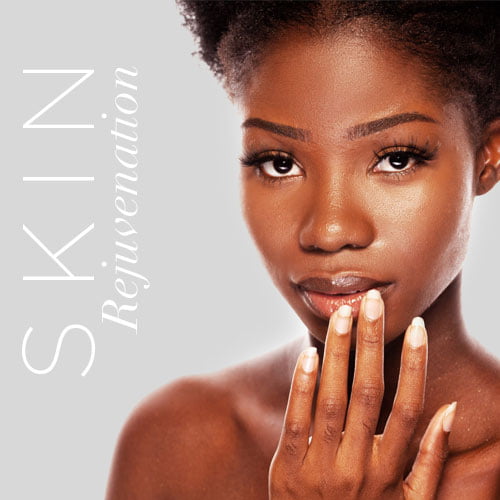What Is Eyebrow Tinting?
Eyebrow tinting is the process of applying semi-permanent dye to enhance, shape, and define your brows. It gives the appearance of thicker, more youthful looking brows. We’re not making brows darker, we’re just matching your natural color.
How long does it take?
An average session takes only about 15 minutes. You’ll first consult with a specialist to discuss how full and natural you want your brows to look. Then the specialist will prep the area, cleaning the brows and applying a thin layer of petroleum jelly around them to prevent any accidental skin staining. The dye is then mixed and carefully applied, first in the direction of how your brow hairs grow and then a second layer is applied in the opposite direction. The dye is left on for a few minutes to attain optimal color, then any excess is removed with a damp paper towel. Don’t freak out if you see dye on the skin underneath your brows: that will wash away after a day or two. It might be a good idea to schedule your first appointment on a Friday, so you can monitor the results over the weekend.
Who is Eyebrow Tinting best for?
Eyebrow tinting works on skin types, skin tones, and hair colors. If you’re trying to tint grey or white hair though, the process is a little trickier. Grey hair is more resistant and tends to be stubborn, so you might need to adjust the process a bit.”
How soon will you see results?
You’ll want to avoid getting your brows wet for 12 hours after getting the treatment done and to clean around the area with gel or cream-based cleansers. Your brows will stand out and look fuller right away. “You can cut back on the multiple brow products in your beauty routine.” The tint lasts anywhere from three to six weeks. To maintain color, coming in every four to six weeks for touch-ups. Avoid exfoliating or use of any oil-based products in that area as it will cause the tint to fade faster. Avoid any products that might further irritate the thin eyebrow skin, such as retinoids and retinols. Apply a thin layer of Vaseline or Aquaphor to the surrounding skin as a form of protection barrier between the dye and your skin.





